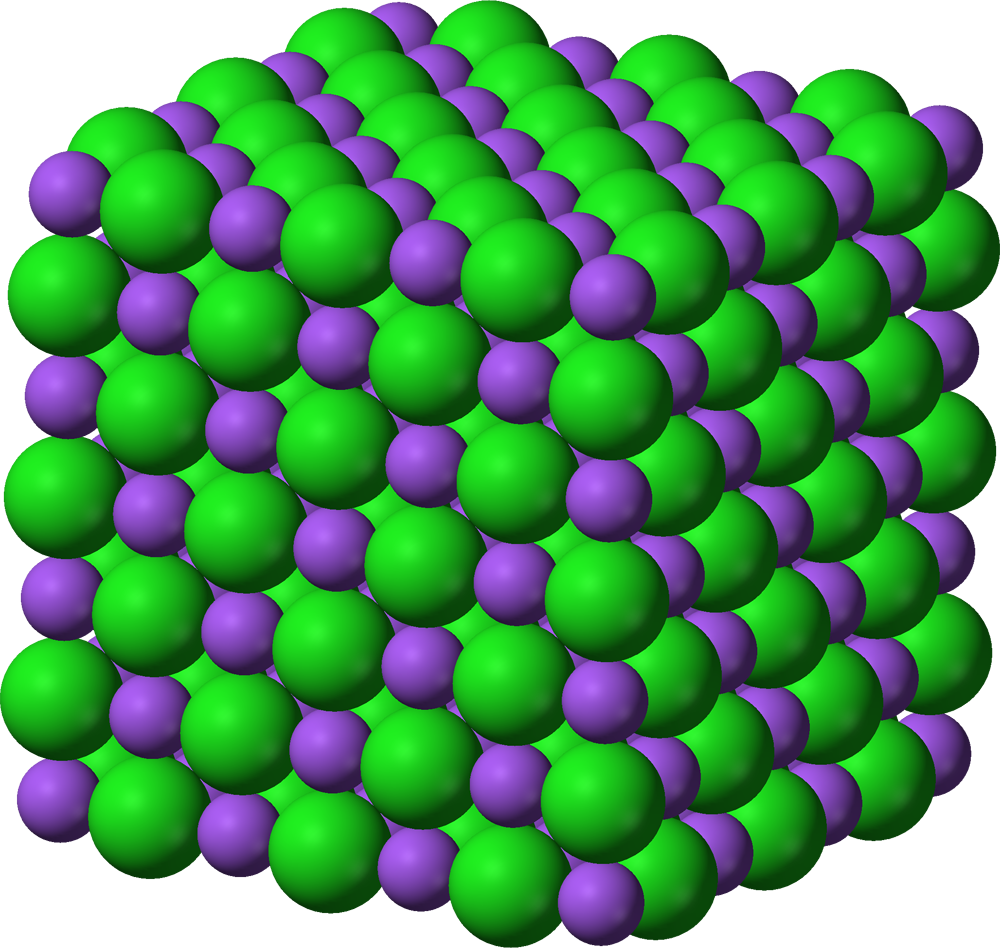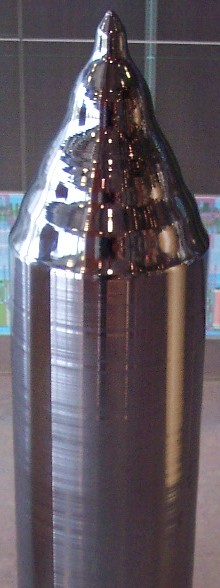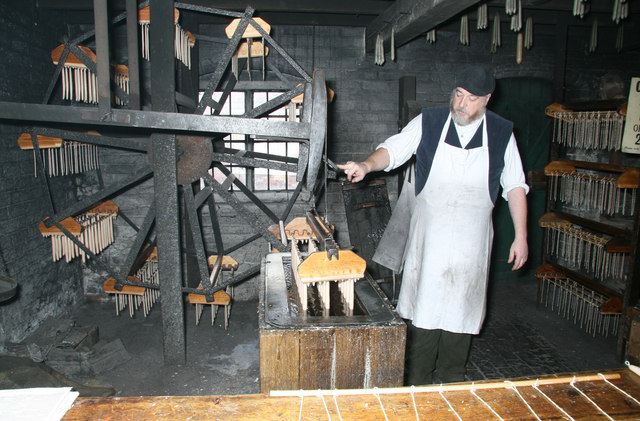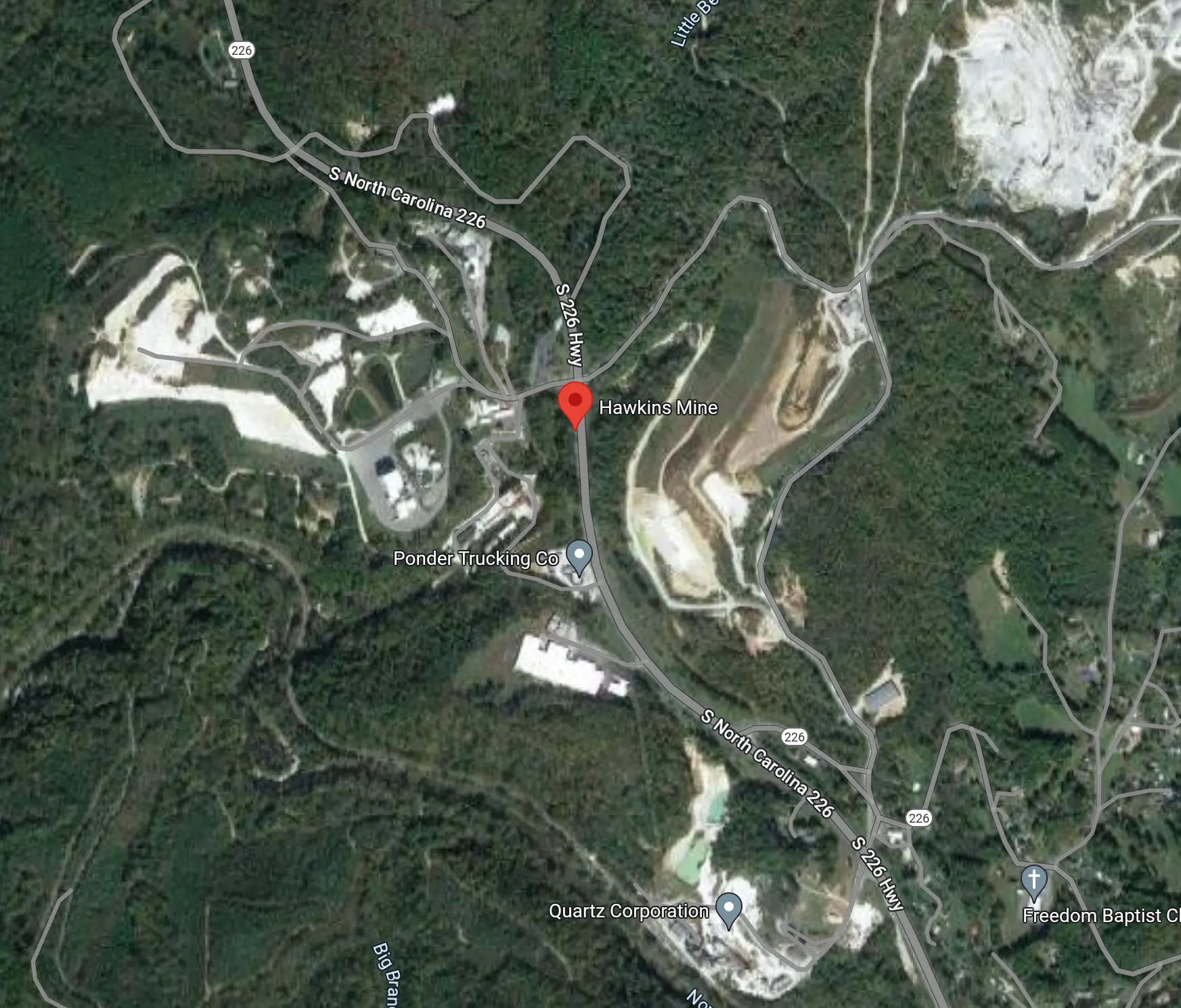The inspiration for Hawkins Lab: Hawkins Mine?
2024-3-24
Allow me to introduce my own
Actually it is the wife unit that came up with the theory, when we were reading the book together. I thought it was too fun not to share though.
fan theory. It comes—from all things—reading about the supply chain for the manufacture of semiconductors. Specifically I was reading Material World by Ed Conway.
To make computer chips, you need to start with silicon, really pure silicon. On the order of 99.999999999% pure to be specific. Actually it is more complicated than that. Pretty much all solids around you are crystals,
The big exception is glass. Glass is non-crystalline. Some textbooks arbitrarily define solids in a way that requires them to be crystalline. This is the source of the confusion that glass is somehow a liquid, the thinking being that what else can it be if it isn’t technically a solid. Glass is emphatically not a liquid; for all practical purposes it is a solid. The other source of confusion is “crystal” glass, which is actually a special blend of glass with lead in it and has nothing to do with crystals. So, yeah, fancy glassware is historically a way to increase your lead exposure.
perfect arrangements of repeating atoms.

More precisely, all the solids around you are made up of a bunch of tiny crystals that have been smushed to together every which way. Even the most uniform looking metals you have ever seen
There are exceptions. For example, gas turbine blades are often monocrystalline. And, as we will see shortly, the silicon in computer chips. I would argue they are the exception that proves the rule.
are made up of different crystals—called “grains”—when you have the tools to look closely enough. That won’t do for computer chips, when you are thinking about effects at the angstrom scale—the grain boundaries would mess things up too much. Nothing short of making the whole thing one single crystal will do.

The process for turning pure, but polycrystalline silicon into a single, unified crystal is called the Czochralski method. If you can picture how old-fashioned candle making works, it is kinda like that, except done with robots and a zillion times more precisely.

So what does any of this have to do with Stranger Things? Well, the crucibles used for dipping monocrystalline silicon into has to be made of high purity material too, lest impurities sneak in. The quartz suitable for making such a pure crucible is exceedingly rare. It is so rare, in fact, that we have only ever found a single source of it on the entire globe: Spruce Pine, NC.

There is one company that controls the mine: Sibelco. Which makes them a monopoly supplier for a crucial input
You might be thinking, “a crucible is just a container, right? You can buy it once and re-use it?” (hence not a bottleneck). I don’t know specifics for the silicon industry, but in pretty much any high heat application, the materials involved are inevitably consumables, needing to be replaced on a regular basis.
to the entire computer chip industry. Holding a monopoly, they have little incentive to bring in people and try to innovate. They don't need to advertise their product. The opposite, in fact: they have every incentive to keep the whole operation one giant secret. Quoting Material World (p. 106) now:
According to one person who has done business with Sibelco, going to their headquarters was “a bit like getting into Fort Knox.” There are 25-foot-high fences surrounding the complex, ringed with barbed wire, and there are security cameras and frequent security patrols.
“When contractors from other companies are brought in for repairs [at the plant] they are literally blindfolded and marched into the factory up to the machine they need to fix,” says another insider. “It’s like something out of Willy Wonka.”
So, let’s summarize:
- We have a North Carolina town, Spruce Pine, nestled in forests in the the middle of nowhere
- There is a high security facility located just outside of town
- The facility goes to extreme lengths to maintain secrecy
Now… Hawkins National Laboratory is obviously modeled after the US government’s DOE National Labs. No industrial mine is going to be working with technology to open a portal to another dimension, but it is plausible in a story that the DOE could be. Still, is it so crazy to imagine that an author takes a real life setting that gives a certain feel, then tweaks key details to make it fit a story they have in mind?
Also notice that this real life town is in North Carolina. You know who is from North Carolina? The Duffer Brothers. Durham, NC isn’t exactly next door to Spruce Pine, but people like to talk and spin tales.
Source: I grew up next to not one, but two secretive government facilities
Maybe they talked to people on a trip to Pisgah National Forest, or knew people who did.
Obviously I haven’t proven any of this wild speculation. If nothing else, I hope you enjoyed the surprise lesson on the semiconductor supply chain and the nature of solids. However, I will leave you with one last clue that is most curious. Up till now I’ve talked about Sibelco, the company that operates the secretive mine in Spruce Pine, among other mines elsewhere. What I haven’t mentioned yet is that particular mine in Spruce Pine has a name: Hawkins Mine.
